
Parametric Design furniture
Michaela Crie Stone lives and works in Rockport, Maine, where she creates pieces that push the parameters of function by blurring the lines between art, craft, and design.


The recently completed ToHA office development, is the first phase of a 200,000m² project that will see the transformation of a rarely-available site in central Tel Aviv – located close to the city’s largest train station – into two office towers situated within a generous public landscape. It is the first joint venture project between Amot and Gav-Yam, two of the largest investment and development companies in Israel and the surrounding region.
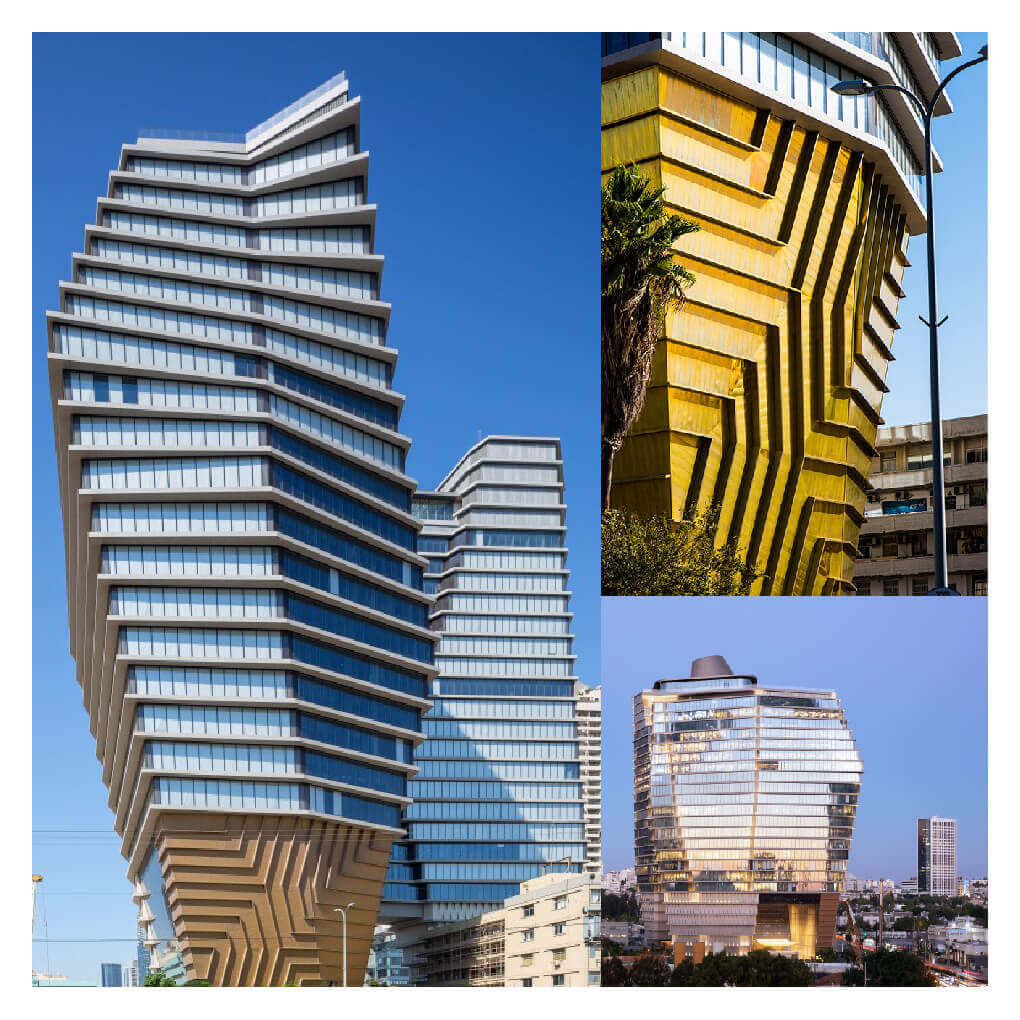
ToHA Phase 1. The 28 storey 53,000m² Phase 1 building runs along the southern and eastern boundaries of the site, and is sculpted to complement the demands of site-specific constraints and the local context. The building is entered via a unique 30m-tall leaning cable net facade, leading to a seven-storey-high foyer complete with internally planted trees. Above this, a sculptural atrium crowned by a generous skylight extends over 100m to the roof, stepping to the same rhythm as the articulated external facade, and enabling daylight provision to the deeper areas of each floor.

The building enjoys a minimal footprint of 1,200m², and combined with the necessary scale of the cores, facilitates Ron Arad Architects’ innovative premise of locating most of the building’s MEP/technical plant within these lower floors. This enabled the creation of an additional public space on the roof, including two large terraces, a perimeter walkway, and facilities for the operation of up to three restaurants. The lower technical floors are clad with a permeable facade of cross-mounted panels, creating an ‘X’ pattern. This woven basket-like arrangement allows for ventilation to the technical areas, and provides a coherent aesthetic to the first seven floors of the building.

One of the main features of the building is the diversity of its floor layouts, generated by its most pronounced characteristic; the sculptural nature of its volume. The design was developed over many iterations to satisfy a multitude of considerations, including the creation of varying silhouettes on the urban horizon (in response to dialogue with the city), the attenuation of the wind flowing in and around the site, and the maximisation of daylight into all areas of the site. In addition, as the needs of contemporary tenants vary and change over time, the building’s interior spaces needed to be adaptable. While no two floors are the same, there is sufficient consistency to enable flexible planning and varied sub-division possibilities. The floors range in area from 1860m² to 3100m², and can be arranged as large open plans, or sub-divided for up to seven tenants per floor.
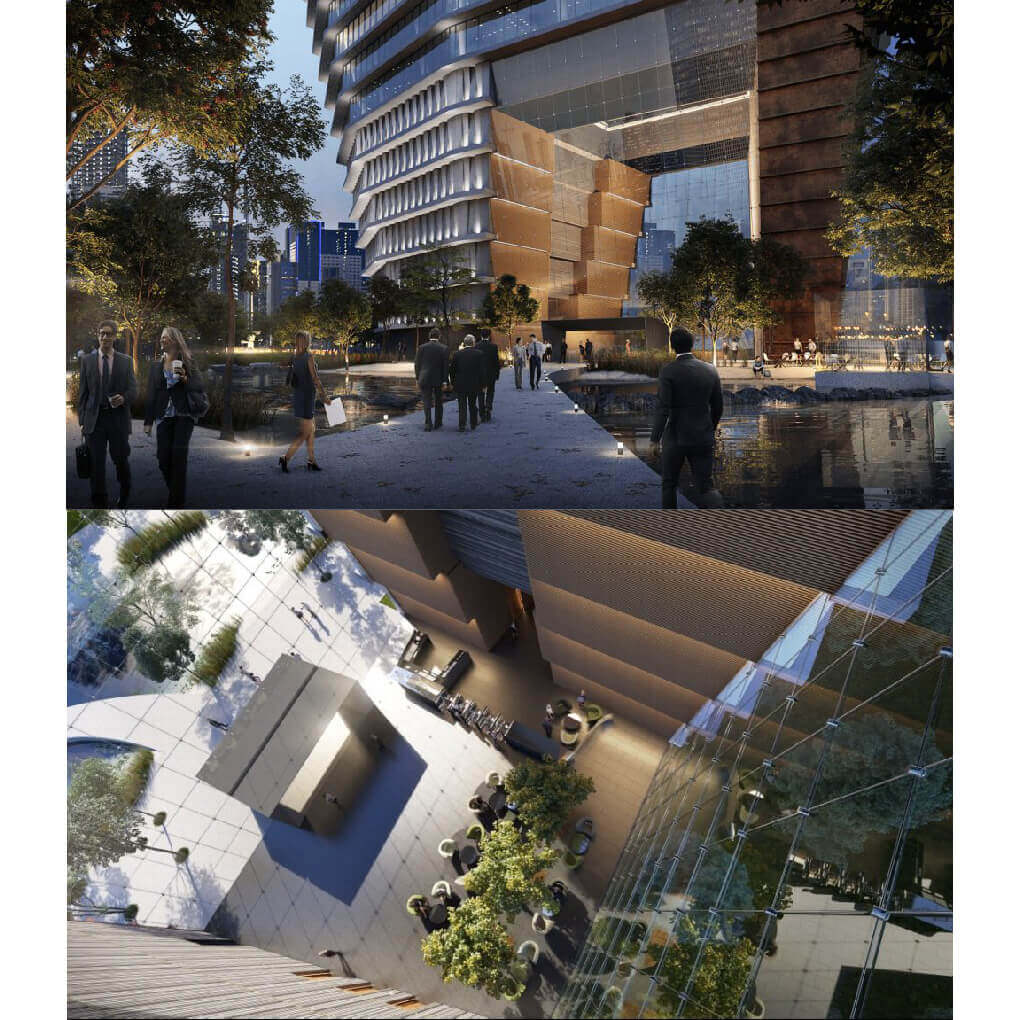

The building’s environmental approach fuses traditional regional passive solutions, with state-of-the-art energy saving and intelligent facade systems, and is the result of extensive research and development from inception to completion. It makes significant use of the technological advances affecting working environments, from adaptability and connectivity to comfort and amenities. The project team has also set itself the goal of leading the way in the reduction of the environmental impact large developments bring during construction and throughout their lifetime, and this has been recognised in the building award of LEED Platinum Certification.
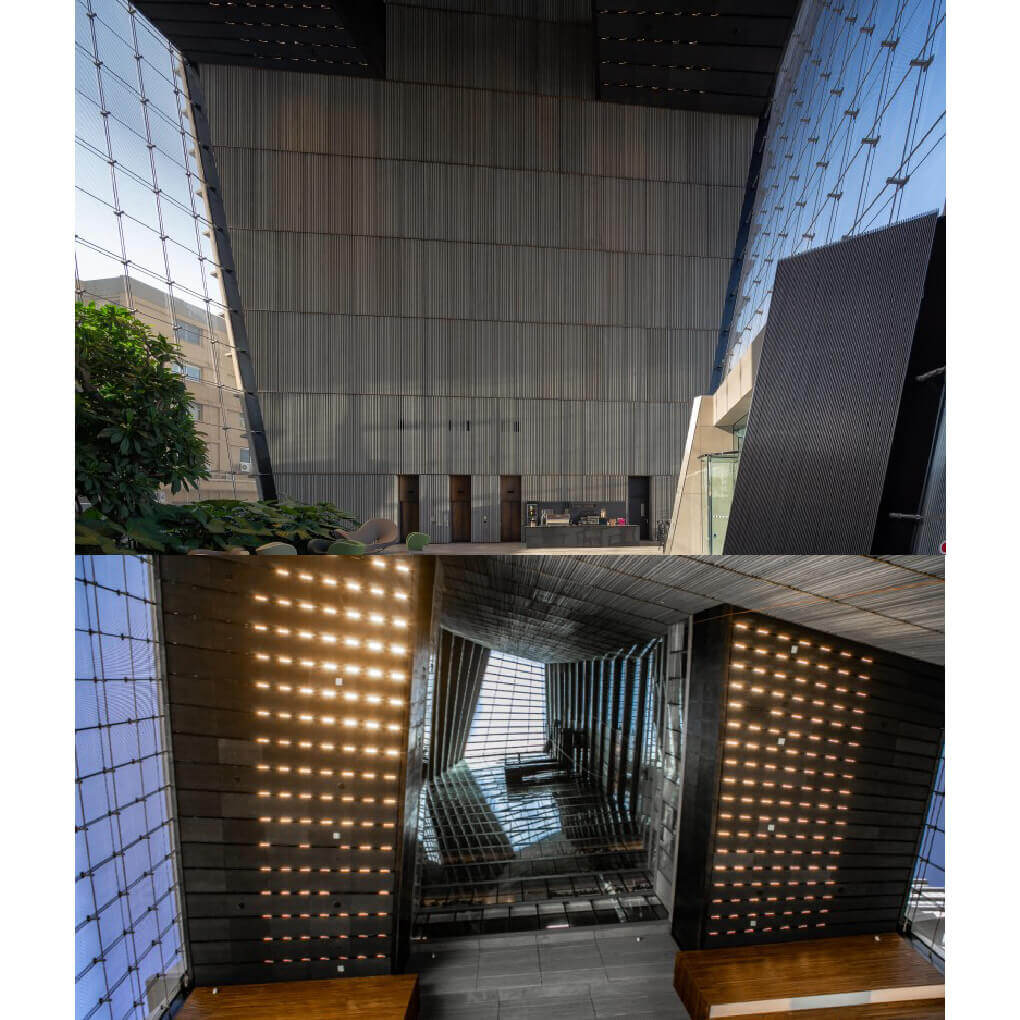

ToHA is the first development on the site and a second 75-storey tower also underway.The two buildings will be connected via an elevated walkway, and the taller will also be elevated on a slim support to maximise the open space on the ground floor.
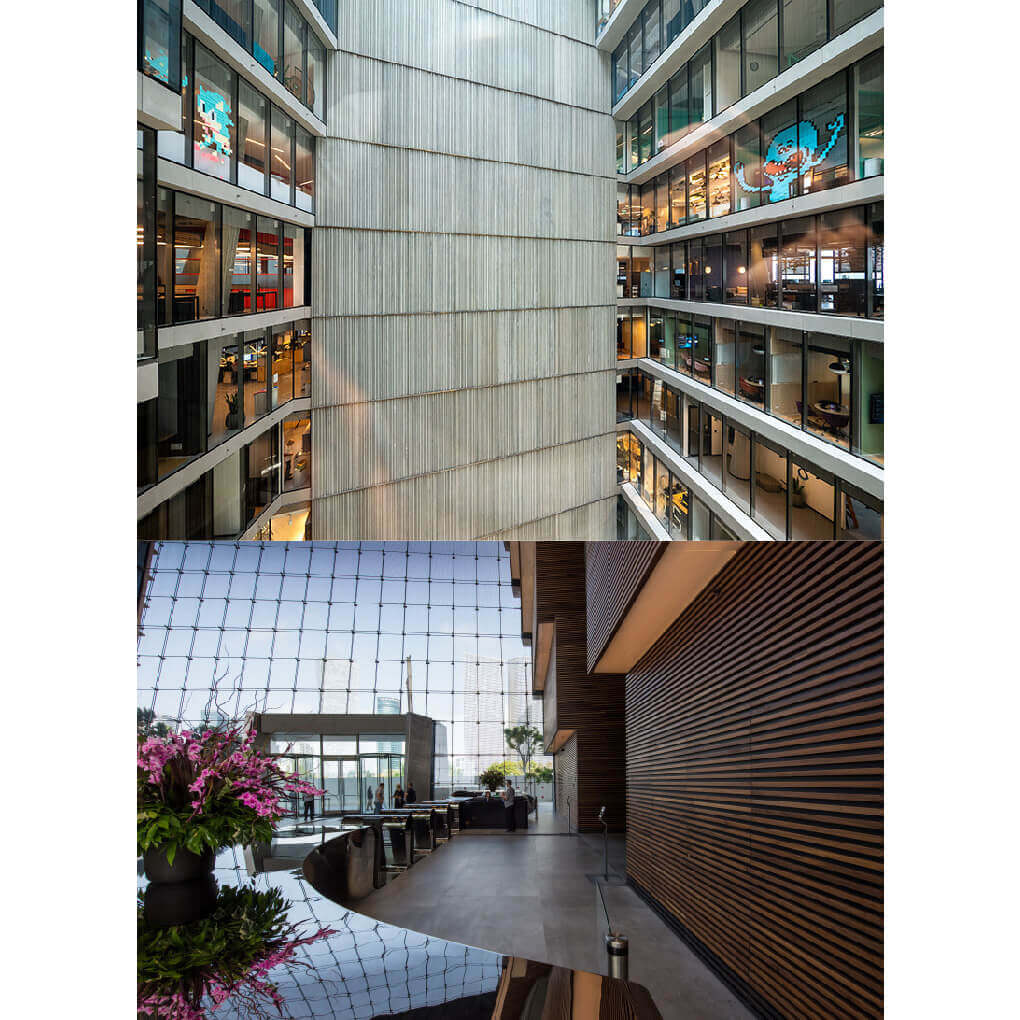
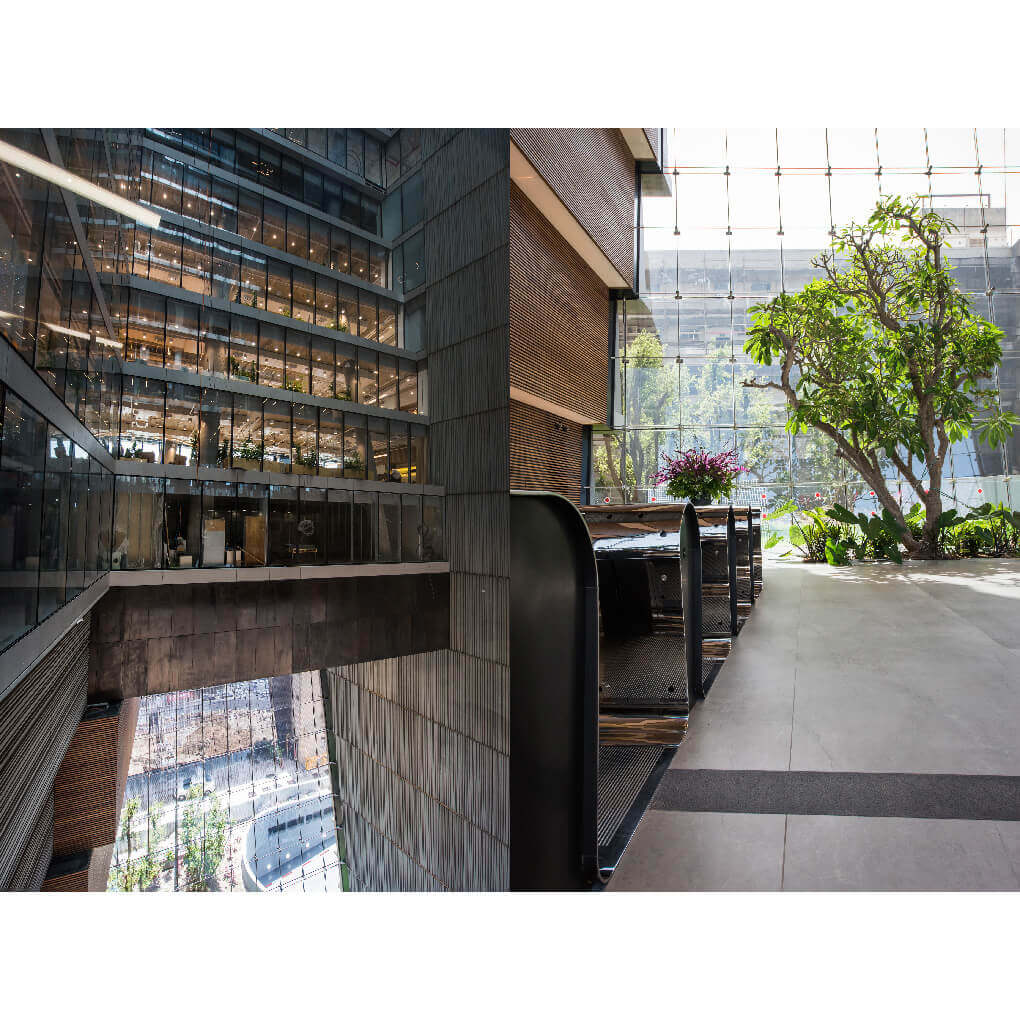
References:
Images:
Ron Arad completes ToHA…/dezeen.com
ToHA Tower 1/skyscrapercenter.com

Michaela Crie Stone lives and works in Rockport, Maine, where she creates pieces that push the parameters of function by blurring the lines between art, craft, and design.

in this video, you can look at different parametric towers with parametric designs.

Drone based technology is the solution to overcome the limitation of surface road capacity in cities.

Augmented reality (AR) is the integration of digital information with the user’s environment in real-time.
Parametric Ideas for Architects @2025
This tutorial or example file is exclusive to Paracourse Members.
Paracourse is an extensive library of video tutorials and example files, designed to guide you through your parametric design journey. With over 1,500 open example files & 600 Video Tutorials, you can freely edit and adapt them for your projects—no credit required.

Learn parametric design from scratch with over 100 hours of step-by-step tutorials, covering beginner to intermediate levels. Master components and their use in the design process.

Explore our open-to-edit .gh files to see how each subject is designed parametrically using Grasshopper3D. Freely adapt them for your projects—no credit required.

Delve into complete algorithms with our advanced tutorials. Learn the logic behind each step, understand how the parts work together, and see how to apply them effectively in your designs.
Grasshopper empowers architects and designers to create sophisticated, customizable designs with ease.
Architects, industrial designers, artists, and anyone passionate about parametric design will find value in this course.
With diverse tutorials and open example files, you’ll have everything you need to tackle any design challenge.
Mastering Grasshopper with Paracourse can significantly enhance your career prospects.